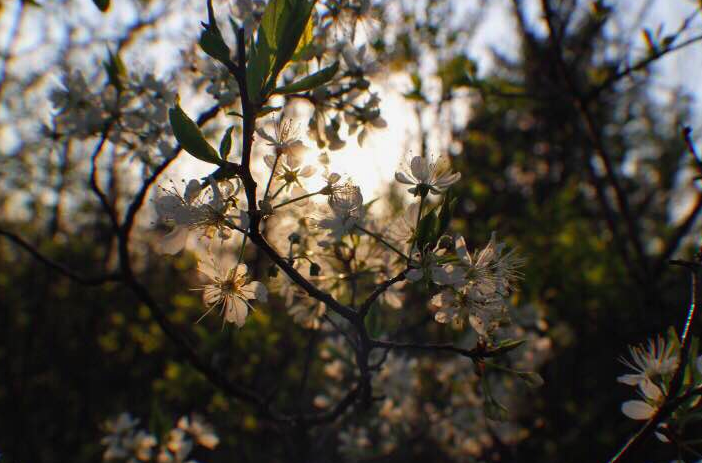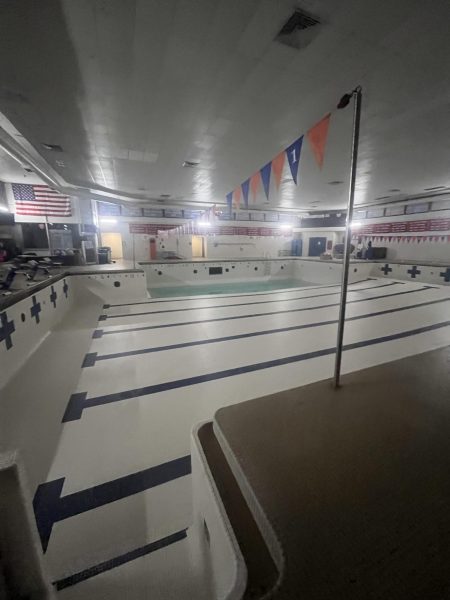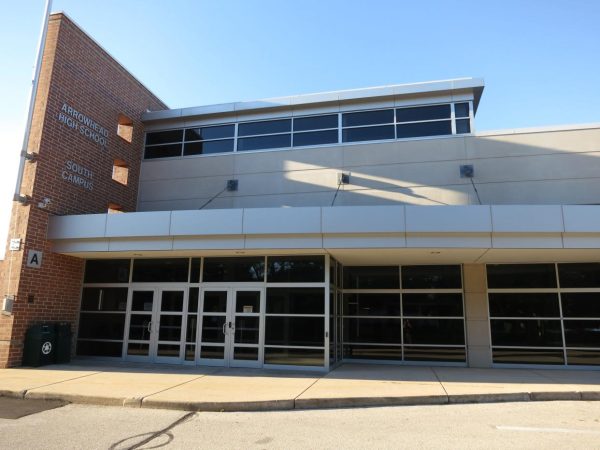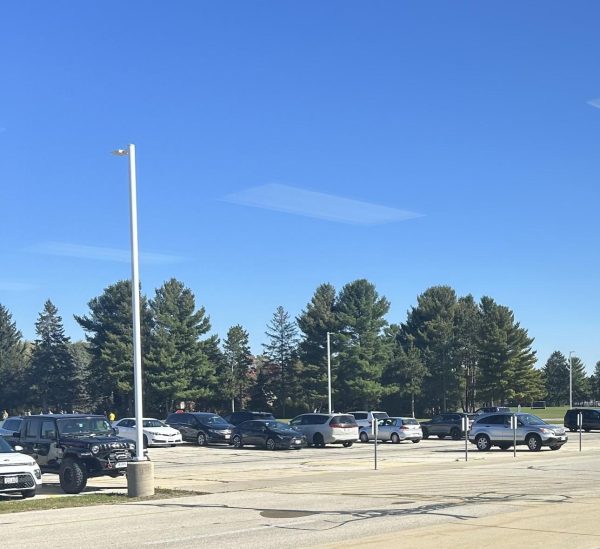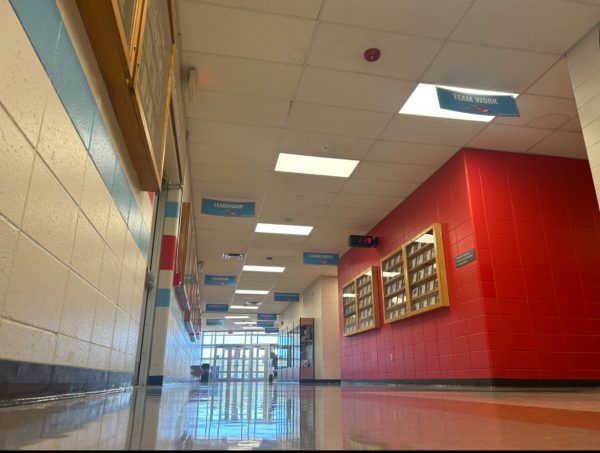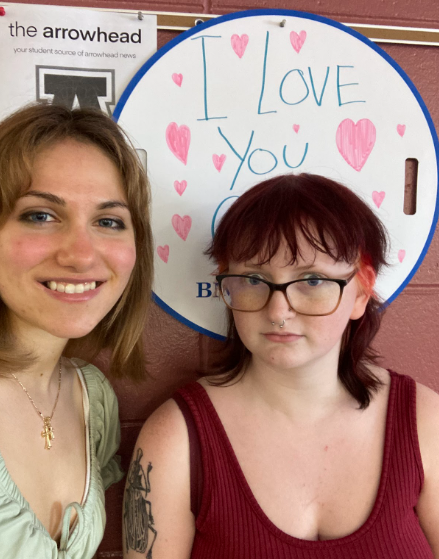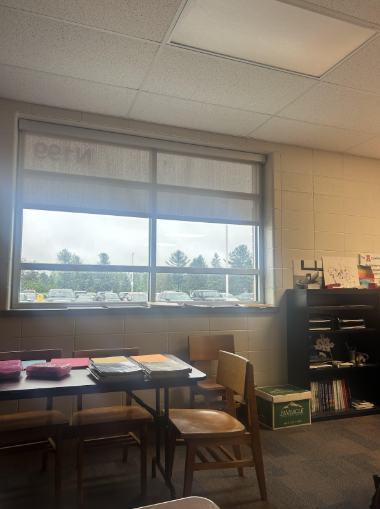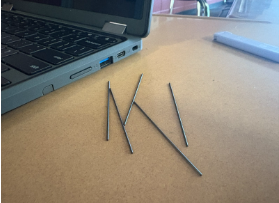The Earth Is Our Home, Let’s Treat It As So
On January 2, 1989, Time Magazine published an issue that declared Earth the “planet of the year.” This magazine was devoted to addressing the environmental problems on our planet. By breaking away from the magazine’s traditional subject of featuring a man or woman of the year, the magazine allowed the US to see what was happening to the world around them.
Mallorey Wallace, Arrowhead sophomore, says,“We are the Earth’s guests. Although we buy and sell land as if it is our own, the Earth supplies all, and thus we should remember to be courteous to the Earth as we inhabit her,”
Arrowhead sophomore Amanda Stahl says, “It’s very important to take care of the Earth. It is our home, after all. To take care of the Earth is our responsibility. It provides us with a plethora of food and outstanding beauty. We should appreciate and not take her for granted. Just as the Earth takes care of us, it expects to be taken care of as well. We need to cherish what remains of it. Mother nature loves us unconditionally. This is our planet! Why do we choose to harm her? Let us nurture her, it is our home after all.”
According to The Ancient Secret of the Flower of Life, written by Drunvalo Melchizedek, in the late 1980’s there were 30 million species alive on Earth. By 1993, 15 million had gone extinct, many due to environmental issues that are not being discussed. In that year, thirty species died off every minute.
This is not the only problem facing the planet. Jacques Cousteau, in the late 1970’s, predicted that by 1990, the Mediterranean Sea would be a dead body of water. As when a person makes a radical statement like this, many people believed him to be insane. However, in the early 90’s, the Mediterranean Sea had reached 95% dead. Suddenly, he was not so crazy after all. Without our bodies of water, specifically the oceans, the bottom of the food chain, plankton, would cease to exist. Without these creatures, the rest of the world would slowly die out.
“We have been given this beautiful planet to roam among and consume the items that it gives us. Why would we trash our home? It is the only place we have, as of right now, and probably will have for the next century or so, depending upon what science finds,” says Arrowhead junior Heather Heyerholm.
Above the Earth is a thin form of protection called the ozone layer. This protects all living organisms from harmful UVC light. Melchizedek explains that the first detectable hole in the ozone layer was found over the South Pole, and this was found due to the unusual amount of UVC light rays entering the planet. This was worrying, and for the first time, all the countries in the world came together in order to solve the issue. Despite this, various chemicals and gasses continue to be emitted into the air, and as of today, there are many holes that exist which we can not repair.
In terms of students participating in helping the environment, Jacque Jurewicz, a science teacher at Arrowhead, says, “Students can help by recycling materials and furthermore, not mixing trash in with the recyclables. This allows the system to run more smoothly, and it increases the likelihood of recyclables staying out of the landfills. Students could join Earth Club to become a more integral part of earth awareness campaigns and more involved in activities that promote respect of the Earth. Students could model respect of their environment. When others see this it makes undesirable behaviors less socially acceptable.”
Jurewicz also says she takes care of the environment: “I try to model appropriate respect to the Earth. One area that I falter is in the amount of driving I do to work at Arrowhead. My husband was required to live in Milwaukee as a Milwaukee police officer, therefore my travel distance has always been greater. Unfortunately, I still drive a car that is not even a hybrid, although it does get fairly good gas mileage for a motorized vehicle. Yesterday, [another AHS teacher, Andy] Zuercher and I sorted through several boxes of materials that one of our departments was going to throw into the landfill. We cut down the landfill materials by about two thirds. Even though that took about an hour, it felt truly satisfying.”
According to the United States National Park Service, students and teenagers can begin to help the environment by getting outside.
Heyerholm says, “Personally, I help the Earth by taking shorter showers, sometimes in the summers when I am at my cabin up north, I’ll just throw my swimsuit on and grab some soap and go ‘shower’ in the lake! I also try to recycle as much as possible and cut back on paper and waste usage. For example, I use a reusable lunch bag and containers each day to help reduce the amount of paper and plastic that I use.”
The Earth is our home, and as Time Magazine expressed, we must treat it as so.
“Let’s reduce our footprint on Mother Earth,” says Wallace.
